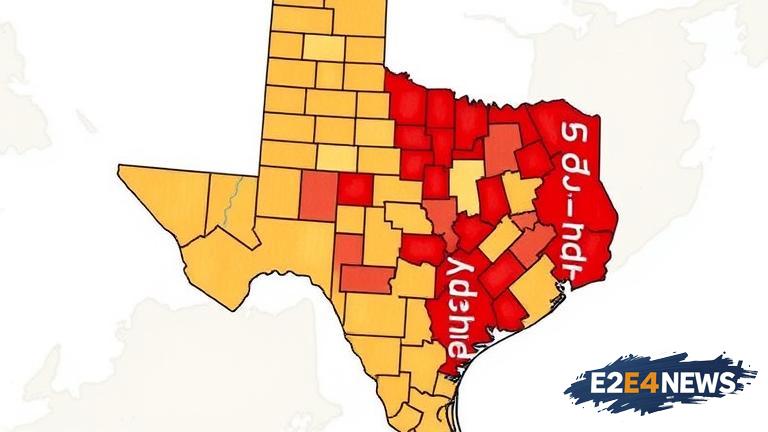The Texas redistricting standoff has been ongoing for several weeks, with lawmakers struggling to come to an agreement on new voting maps. The dispute has sparked concerns over voting rights and representation, with many arguing that the proposed maps unfairly favor one party over the other. The standoff has also raised questions about the role of gerrymandering in the redistricting process, with some arguing that the practice is being used to manipulate election outcomes. Despite the ongoing debate, lawmakers have yet to reach a consensus on the new maps, leaving the state’s voting districts in limbo. The redistricting process is typically done every 10 years, following the release of new census data. However, this year’s process has been particularly contentious, with lawmakers from both parties dug in on their respective positions. The proposed maps have been criticized for splitting communities and diluting the voting power of minority groups. Many have argued that the maps are designed to protect incumbent lawmakers and maintain the current balance of power in the state legislature. Others have argued that the maps are necessary to reflect the state’s changing demographics and ensure that each district has roughly the same number of voters. The standoff has also sparked concerns about the impact on local elections, with some arguing that the proposed maps could lead to a decrease in voter turnout and engagement. Lawmakers have been working to resolve the issue, but so far, no agreement has been reached. The dispute has been the subject of intense debate and negotiation, with lawmakers from both parties working to find a compromise. However, the issue remains unresolved, leaving the state’s voting districts in a state of uncertainty. The redistricting process is a critical component of the democratic process, as it determines the boundaries of voting districts and helps to ensure that each district has roughly the same number of voters. The process is typically done by state lawmakers, who use census data to draw new district boundaries. However, the process can be contentious, particularly in states with a history of gerrymandering. The use of gerrymandering has been criticized for being used to manipulate election outcomes and protect incumbent lawmakers. Many have argued that the practice is undemocratic and undermines the integrity of the electoral process. The Texas redistricting standoff is just one example of the ongoing debate over voting rights and representation in the United States. The issue has sparked a national conversation about the importance of fair and equitable voting districts, and the need to protect the rights of all voters. As the standoff continues, lawmakers are under pressure to find a solution that balances the competing interests and ensures that the state’s voting districts are fair and representative. The outcome of the standoff will have significant implications for the state’s electoral landscape, and could potentially impact the balance of power in the state legislature. The dispute has also raised questions about the role of the courts in the redistricting process, with some arguing that the judiciary should play a more active role in ensuring that voting districts are fair and equitable. Ultimately, the resolution of the Texas redistricting standoff will depend on the ability of lawmakers to find a compromise that balances the competing interests and ensures that the state’s voting districts are fair and representative.
